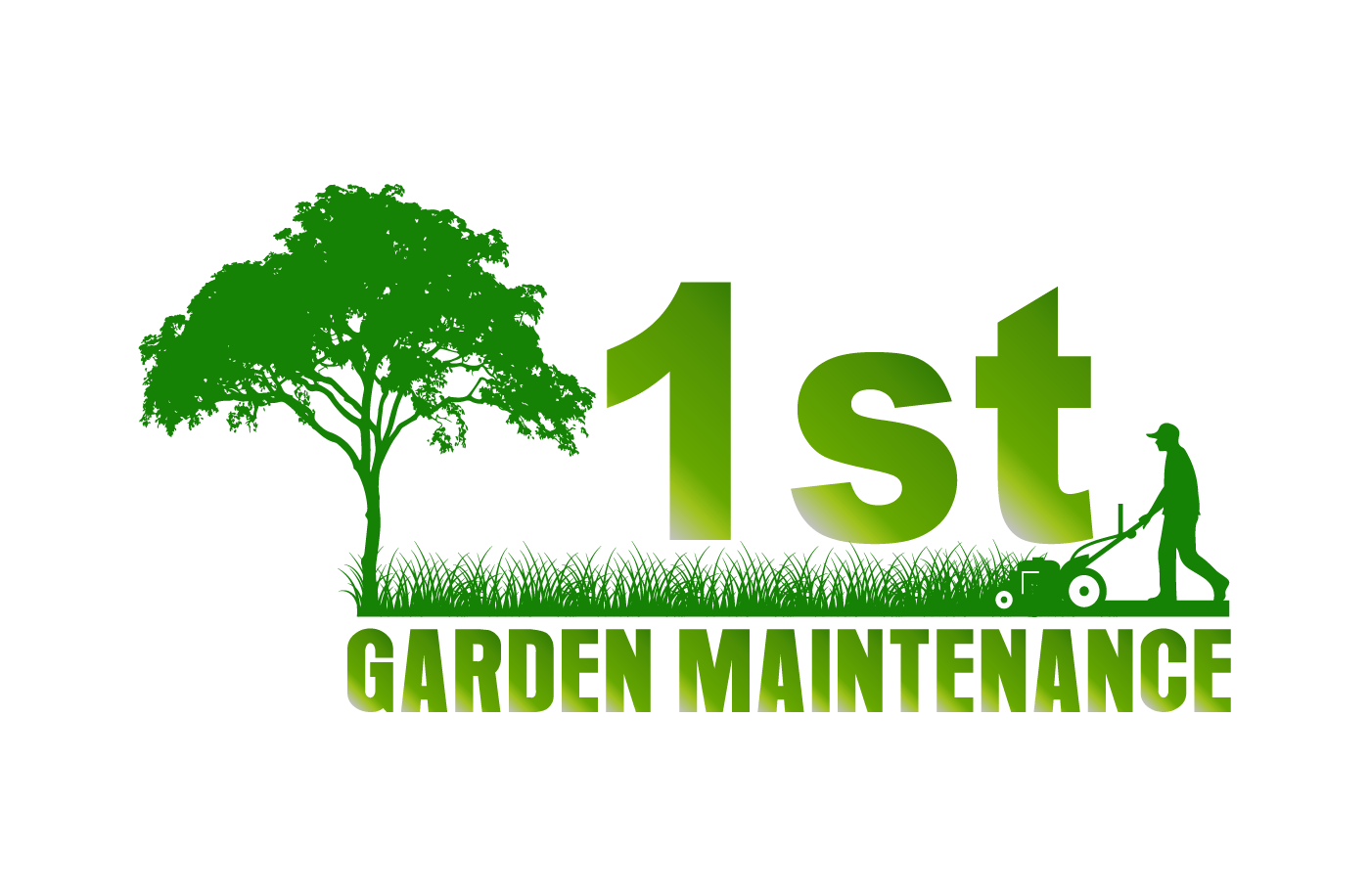
Greenery Reduces Crime
Our Guarantee!
A Personal 100% Iron-Clad, Risk Free Guarantee
We want you to be totally thrilled with our service...so absolutely delighted you will recommend us to your friends and neighbours. You are the judge, if our work is not excellent, we will re-do the item in question for FREE. Nothing is more important to us than your complete satisfaction.
Customer Reviews
My Review
Customer Service *****
Quality *****
Value ****
I have had 1st Garden Maintenance for the last 3 months every two weeks. Prompt, reliable, friendly, nothing too much trouble. So lovely to be able to sit and enjoy my garden without having to worry about it.
Wendy, Hampshire.Recommended
Professional and efficient service
Customer Service *****
Quality *****
Value *****
We have been using their services for our garden maintenance since we are not very confident with the skills to keep our garden in good condition and having a newborn baby is keeping us really busy. Their work is always very efficient and professional, and we are very happy with the results. A lifesaver!
Customer in Southampton
They have been coming for several years
Customer Service ****
Quality *****
Value ****
They are always reliable and prepared to do any job I ask them to do in the garden. Everything is always left very neat and tidy.
Customer in Hampshire
Good Gardens
Customer Service ****
Quality ****
Value ****
Lawn Aeration completed quickly and very efficiently - would recommend this company.
Recommended
Gardener Maintenance Services For:-
Winchester - Chandlers Ford - Romsey - North Baddesley - Hursley - Chilworth - Eastleigh - Southampton - Hedge End - Sarisbury Green - Fareham
Park Gate - Whiteley - Gosport - Cosham - Waterlooville - Cowplain - Purbrook- Widley - Horndean - Havant
All work is carried out subject to the Terms and Conditions of 1st Garden Maintenance Ltd
Postal Address: PO Box 385, Waterlooville, PO7 9ET
All Rights Reserved - 1st Garden Maintenance Ltd ©
Company No 07840763
Registered Office Wessex House Eastleigh

